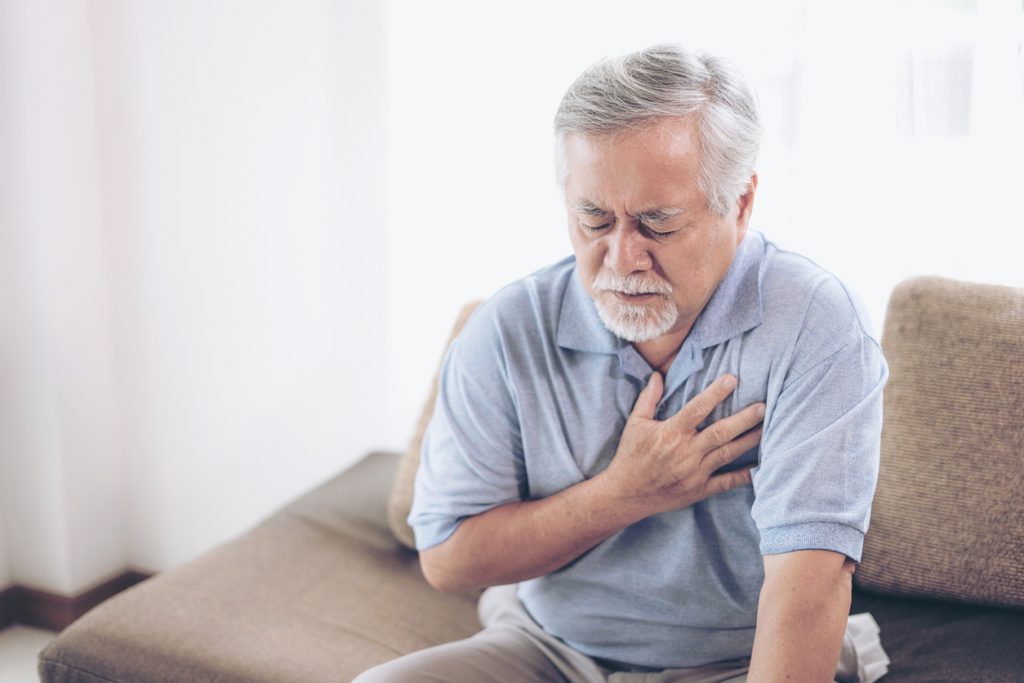
AED stands for an automated external defibrillator. It is a portable device that can shock the heart when it beats in an abnormal rhythm, which is when someone goes into cardiac arrest. AEDs are often found in public places or at sports facilities because they help save lives. Without them, people can die within minutes of their heart-stopping (cardiac arrest).
It is used to restore the function of the heart after it has gone into cardiac arrest due to its abnormal rhythm (arrhythmia) by providing electric shocks through the chest wall. An external defibrillator delivers small electrical shocks via paddles or patches that are placed on the body, while an internal one is surgically implanted into the heart.
One of the most common public places where this can be found in airports, but it has also been seen in churches, stadiums and even some local stores or malls. It is important for everyone to know that if you have a defibrillator nearby, you should use it even if you are not trained because remembering CPR techniques just might save someone’s life!
At First Aid Training Calgary, they’ll teach you how to perform cardiopulmonary resuscitation (CPR). You’ll learn what to do through first aid training when someone goes into cardiac arrest. CPR keeps oxygenated blood flowing through their body until medical help arrives. If there is no breathing or pulse, one performs chest compressions and rescue breathing to keep the oxygen going until medical professionals arrive. AED is an external defibrillator which is also known as automatic external defibrillator.
It can shock the heart when it beats in an abnormal rhythm to help restore its normal rate and rhythm, but it can only be used if someone has gone into cardiac arrest. People should know that there are instructions on how to use AEDs found inside of them, so it’s important to read them before using one. If you’re not trained in CPR or the use of the AED, then you shouldn’t hesitate because your knowledge might just save someone’s life!
What is First Aid?
First aid means providing care for an accident victim, either at the scene or after transportation to a medical facility. It includes CPR, controlling bleeding through the use of pressure dressings and tourniquets, immobilization of fractures or suspected fractures, prevention and treatment of shock, removal of debris from the airway, administration of medications to promote circulation (such as epinephrine), and other related medical concerns.
The type and extent of first aid that is rendered at the scene of an accident, during transportation to a medical facility, or after arrival at a medical facility depends on training and knowledge. In general, having a heart attack is when your heart muscle doesn’t get enough blood and oxygen. This can lead to shortness of breath, nausea, cold sweat, clammy skin and lightheadedness.
Some people have a warning that they’re about to have a heart attack called “cardiac arrest” which is when the person’s heartbeat gets very fast or irregular and then stops altogether. Without CPR, most victims will die within minutes of cardiac arrest if their heart isn’t restarted. Chest compressions are done by pressing down on the chest in order to force blood from the heart to other organs in the body.
Breathing is done by having the victim breathe into a bag mask attached to an oxygen source or through mouth-to-mouth resuscitation by a rescuer. If you have a defibrillator nearby, CPR has a higher rate of success because it’s used with the shock from the machine, which resets the heart so that it can reestablish an effective rhythm and blood flow.
How does CPR work with AED?
Combining the CPR and AED (automated external defibrillator) can be effective. There are instructions on how to use AEDs found inside of them, so it’s important to read them before using one. People should know that there are instructions on how to use AEDs found inside of them, so it’s important to read them before using one. If you’re not trained in CPR or the use of the AED, then you shouldn’t hesitate because your knowledge might just save someone’s life! In conclusion, AEDs are devices that can shock a person’s heart back to its normal rhythm if it goes into an abnormal one causing cardiac arrest. First aid training teaches us how to help someone before paramedics or other medical personnel arrive. This life-saving device has saved many people, but it is even more important to know how to do CPR because, without professional intervention, a person can die within minutes of going into cardiac arrest.


Pingback:What 4 Actions Should You Take After A First Aid Incident? - PPE Health and Safety